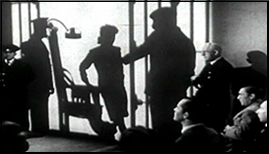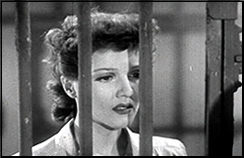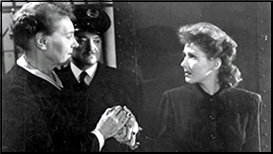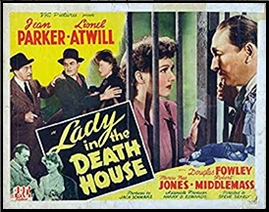Tue 29 Jan 2019
A PI Mystery Movie Review: BACKSTREET JUSTICE (1994).
Posted by Steve under Mystery movies , Reviews[4] Comments
BACKSTREET JUSTICE. Prism Entertainment Corporation, 1994. Linda Kozlowski (Keri Finnegan), Paul Sorvino, Hector Elizondo, John Shea, Tammy Grimes, Viveca Lindfors. Written and directed by Chris McIntyre.
I’m not sure, but while this film has some rather well-known names in the cast, I believe that it was released straight to video. I taped it from cable nearly 25 years ago, and a couple of evenings ago I finally got around to watching it.
Linda Kozlowski, best known for her work in the Crocodile Dundee movie series, plays Pittsburgh-based private eye Keri Finnegan. She’s been hired by the residents of a crime-ridden section of town to find the person responsible for the recent deaths of three residents of the area, the police apparently having given up on the crimes.
As it turns out, Keri’s relationship with the police is absolutely none. Her father, a police officer who died in a deadly shootout several years ago, was assumed to have been on the take, and Captain Phil Giarusso (Paul Sorvino) will have nothing to do with her.
Her investigation takes some twists and turns, but eventually it comes down to a mysterious corporation who’s been taking advantage of the deaths to buy up property in the area. I’m not exactly clear on the details, since the story line is rather muddled, to say the least. There are a couple of twists toward the end that maybe make sense, as the acting is at least OK and the photography even better.
There is also one lengthy and quite graphic sex scene between Ms Kozlowski and her sometimes boy friend (John Shea), but I’d have to admit that it’s gratuitous enough that I can’t recommend your trying to track down the movie for that reason alone — it’s apparently on Amazon Prime, but otherwise it is rather hard to find.
All in all, though, Ms Kozlowski is quite glamorous in this film, but perhaps too much so to be totally convincing as a private eye. For most of the film I gave up on the story line and watched her instead.



